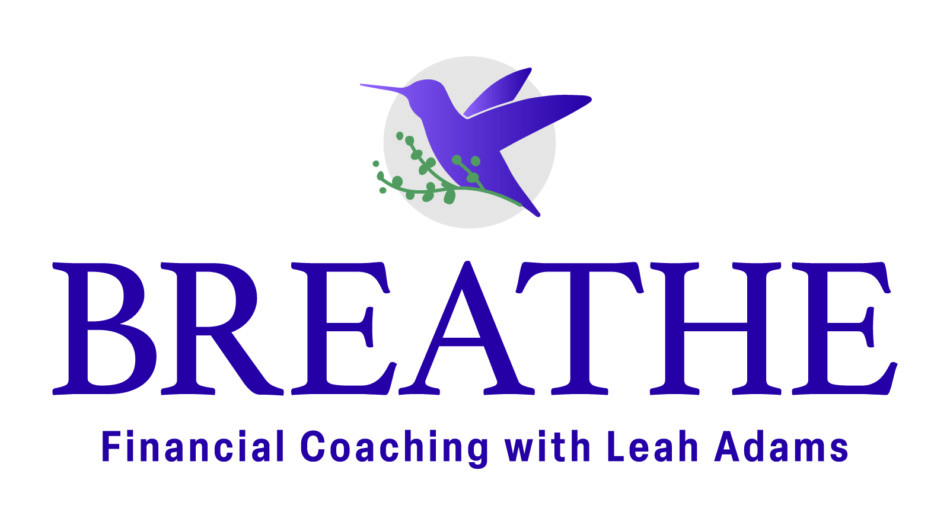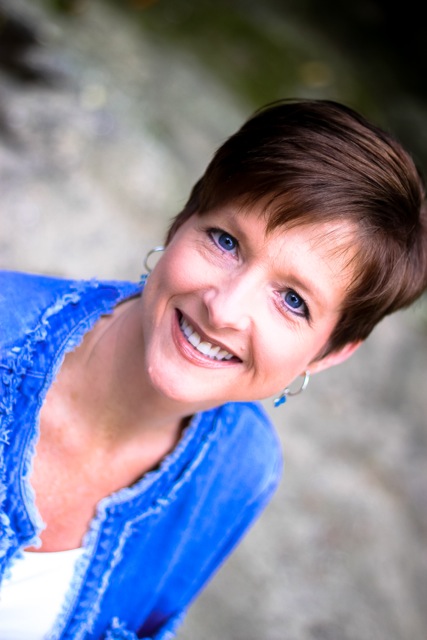We have used a lot of ink (in several previous posts beginning in late July 2008) discussing the book of Hebrews in general as well as detailing the difference in the Old and New Covenants. Now let us shift our focus and examine the tabernacle in which each of these covenants was administered. First we will examine the tabernacle in which the Old Covenant was administered and see if we can find why God saw fit to provide a better tabernacle in which the New Covenant would be administered.
I fell in love with the Old Testament tabernacle the first time I did “A Woman’s Heart, God’s Dwelling Place” by Beth Moore. She does an exquisite job of detailing the plans for and building of the tabernacle and all its furniture, as well as elucidating the meaning of each part of the tabernacle. Passages from Exodus that had previously been covered in dust in my Bible suddenly came alive under the Holy Spirit inspired teaching of Beth. Let’s go back into the book of Exodus and get some background on the tabernacle in the wilderness that I believe will help us as we delve in the issue of a better tabernacle.
In Exodus 25: 8-9 God initiates His plan for moving into the neighborhood of the children of Israel. God had previously walked in the garden with Adam and Eve but after their disobedience and fall, God’s fellowship with man was broken. Why would God even care to try to re-establish a relationship with this disobedient and sinful bunch of humans? It wasn’t like God NEEDED our company! No, but He desired to have fellowship with man and the only way it could happen would be if God took the initiative to re-establish what man had broken. Man was far too sinful and evil to reach out to a Holy God, so Holy God reached down to man.
As God detailed the Old Covenant Law to Moses, He also told Moses that he was going into the building business. Exodus 25: 8-9 says, “Then have them make a sanctuary for me, and I will dwell among them. Make this tabernacle and all its furnishings exactly like the pattern I will show you.” The Lord uses two different words in these two verses to describe the place that He was instructing Moses to build. The Hebrew word for ‘sanctuary’ is miqdas and it means ‘to consecrate, set apart, a consecrated thing or place, especially a sanctuary.’
God told Moses to make a ‘set apart’ place in which He, the Lord of all creation could dwell among His people. Our God is not a common, household god that could just be set on the shelf in someone’s tent. No, He needed and deserved a sanctuary, a set apart place, a place that would be considered holy. A place for His Presence and His Name. Remember the Old Covenant is all about copies and shadows of things that are reality, so this sanctuary was merely a picture of a reality that existed elsewhere. This concept of copies and shadows is key as we study the book of Hebrews. Therefore a good question to ask yourself as you read Hebrews is which is the copy or shadow and which is the reality.
What was the Old Covenant tabernacle foreshadowing? Let’s walk through the tabernacle compound and find out. I’ll give you a hint so you can be watching as we tour. John MacArthur says, “The Tabernacle is a giant portrait of Jesus Christ. Everywhere you look in the Tabernacle you see Him.”
Enter the tabernacle with me next time!!


